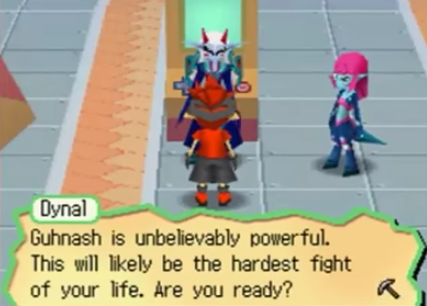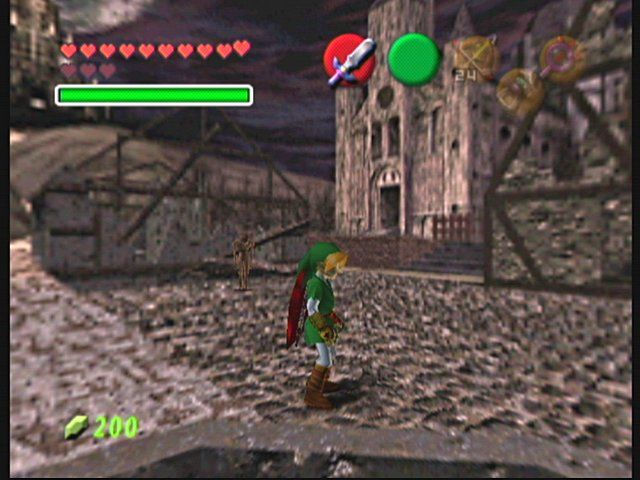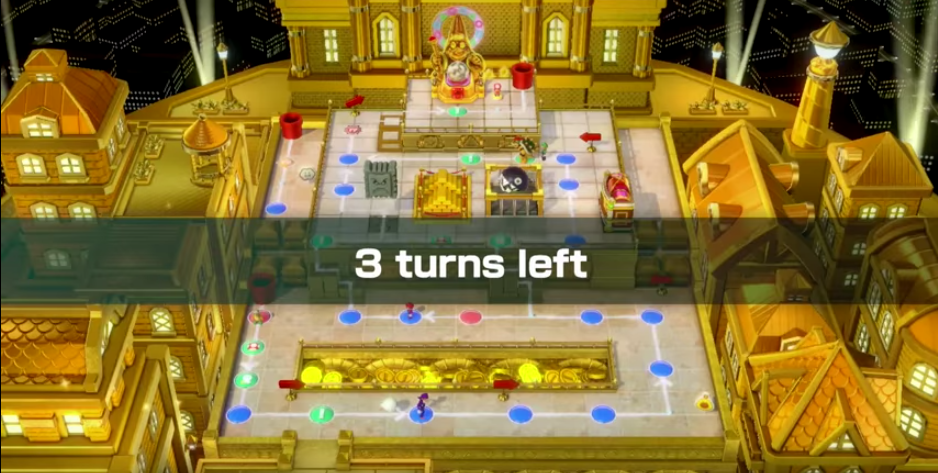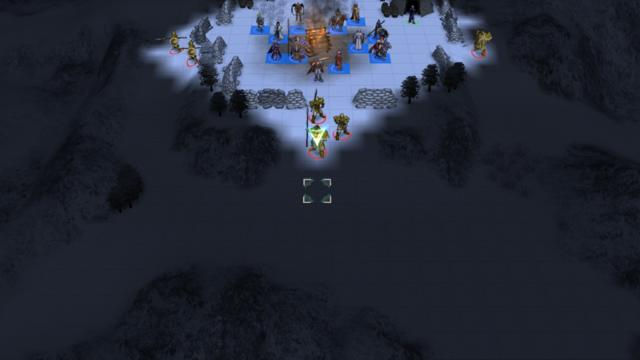Conveying High Stakes
- Reed Priest
- Dec 6, 2018
- 5 min read
Updated: Dec 11, 2018
To further engage players, game designers often attempt to create high stakes. While not all games - such any additions in the Professor Layton puzzle solving series - would benefit from this intensity, many games strive to grip the player with a perceived pressing importance. Often at the end or climax of the game, these enjoyably stressful moments captivate the player and enhance gameplay, making them a worthwhile tool in the game designer’s arsenal.
Music
One common method to demand the player’s attention is to incorporate a powerful score with a brisk tempo. While some game series incorporate important music mainly in boss battles, such as the Pokémon and Bayonetta franchises, other games adopt exhilarating music as a core component to always aid gameplay. The psychological thriller, Thumper, is a challenging rhythm game where musical intensity corresponds to the level’s difficulty and importance. At the level’s beginning, the player learns the new beats in a relatively tame environment before transitioning them to a more complicated and musically engaging adaptation of the same score. While music is directly related to gameplay in Thumper, other games always more passively incorporate pumping music to enhance gameplay and create tension. Pac-Man Championship Edition 2 plays a rushing track on most levels that rages independently from the player’s gameplay. This omnipresent, yet independent musical overtone creates a powerful, yet less connected gameplay experience than Thumper’s musical choices where gameplay is directly linked to musical intensity. Although its extend of incorporation and emphasis varies, music can profoundly influence the game’s perceived importance.
Intensity is directly explained

As a less imagined method to convey the worldly importance of the situation, games occasionally use direct dialogue among characters. Although this is a relatively easy approach to ensure the player receives the game designer’s message, it may not be the best to ensure the player both adopts and believes the gravity of the occasion. As the classic saying of “show, don’t tell” illustrates, this approach of merely telling the player why the stakes are high is an insufficient tactic to fully convey the desired emotion. Fossil Fighters is a lesser known RPG where the player trains resurrected dinosaurs to battle. While the main campaign is relatively tame, the climax rapidly expands the plot’s importance, tasking the player to save the world from planetary destruction by a moon-sized enemy. Supporting characters explain the significance of this threat, but only when a cutscene shows gargantuan enemy does the player recognize the importance of this moment. Once again, show, don’t tell.
Subtle ways to convey high stakes
As a more difficult and effective approach to share a game’s weight with the player, a variety of subtle, game-dependent tricks can be implemented. In Fire Emblem Echoes: Shadows of Valentia’s final map, developers aimed to invigorate players for this pivotal battle. To do so, developers paired new, heart pounding music with individual character quotes each explaining their intentions to triumph in this last fight. While telling the player why the situation contains high stakes was critiqued in the last section, this example is a more organic process that successfully grips the player. Each character, demonstrating their own quirks and motivations, explains a different reason for their involvement in this final battle. The introduction of these quotes before battle is also novel, thereby catching the player off guard and subsequently earning the player’s attention. With the player’s focus, these beautifully voice-acted dialogues go a step further from merely telling the player why the situation is dire; they slyly submerge the player in their fervor by express emotion and personal explanations in a believable, empowering method. To experience this moment, enjoy the short video clip of these character quotes.

The Legend of Zelda: Ocarina of Time incorporates an even subtler approach of conveying high stakes through personal responsibility. Once Link gains the ability to travel into the future, the player witnesses and experiences the desolation that Ganondorf wrecked upon Hyrule. Because Link is the only character both knowledgeable and capable of preventing this horror, the player adopts a motivation to defeat Ganondorf. Exploration and curiosity still drive the player through the game, but now an additional feeling of personal responsibility grips and motivates the player through the rest of the journey.
The end is near

Games can also express dire importance by reminding the player that their play time is almost over. Fortnite, for instance, continuously displays how many other opponents there are on the map. The competition gets fiercer as that number decreases. Stronger opponents typically last the longest, and first place is now closer than ever before. The map also shrinks to claustrophobically synthesize more clashes. Even a simple game of Super Mario Party enlivens players by reminding them that three turns are left before the game ends. Gameplay shifts to a heightened state of competition as players are pressured to execute their last strategies. These reminders of the game’s end demand the player’s attention and successfully express tension.
Level design

One last way to naturally convey high stakes is through each level’s design. Specifically, what unique components of this level create suspense and engagement in the player. Fire Emblem: Radiant Dawn incorporates a plethora of game mechanics unique to one chapter. Aside from the sheer, ever-present difficulty in each chapter, unrepeated game mechanics expressing tension include: unexpected pitfalls that immobilize characters, fog of war that obscures the battlefield and enemy placement, unexpected enemy reinforcements, time requirements, and bog limiting movement speed.

The most successful method designers chose to impart the level’s gravity was the unanticipated appearance of the Black Knight. This unstoppable opponent was earlier a part of the player’s army, thereby informing the player of his unstoppable prowess. And that that is no hyperbole; the Black Knight simply cannot be beaten at this point in the game. Now that the player understands how horrifying it is for the Black Knight to fight against the player, he/she fully engages the level to quickly evacuate. Although the player could scour the level for hidden items or loot before the Black Knight’s entrance, the gameplay drastically changes after his arrival. This unprecedented pivot in gameplay communicates a terribly stressful dread in the player as he/she merely hopes for a getaway. With the introduction of a single enemy, the player’s experience completely shifts as he/she accepts the gameplay’s tension.
Conclusion
A game’s most pressured moments can be the most entertaining due to the excitement and engagement they garner. When game designers capitalize on these occasions by fluidly and naturally translating their importance, players enjoy a more intense and satisfying experience. Through the many methods to share these high stakes, game designers can craft more memorable exploits that stay with players long after a game’s completion.



Comments